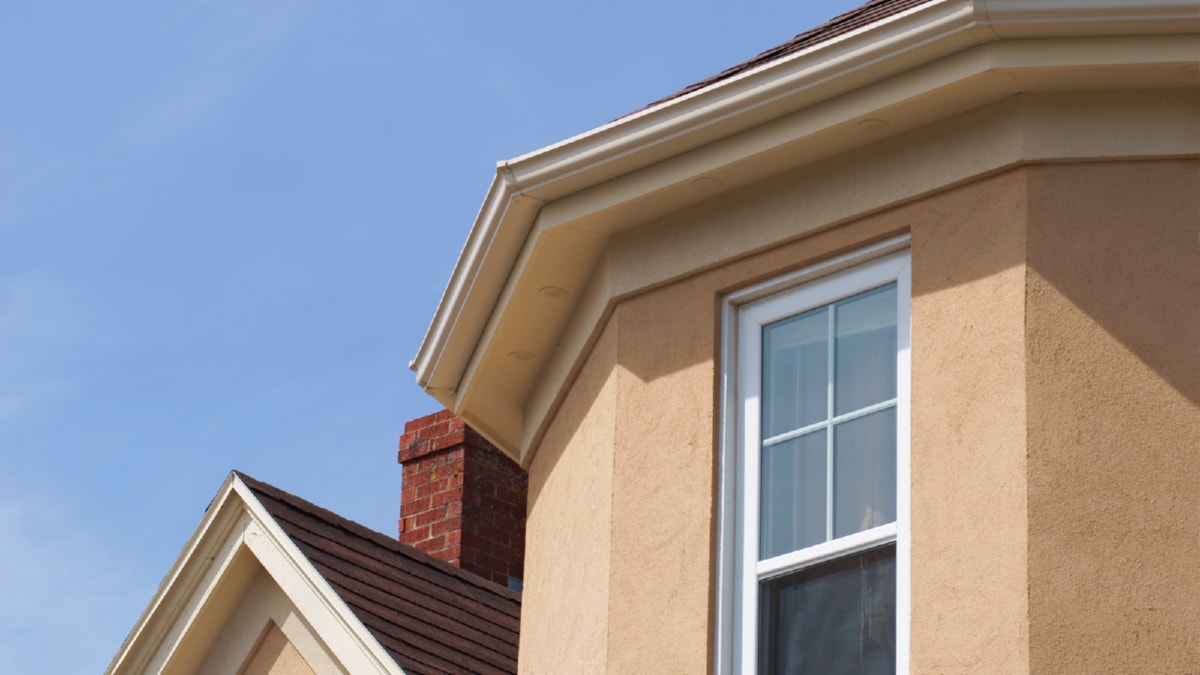Understanding the Basics of Green Building
The idea of green building, also known as sustainable building, has grown tremendously in popularity over the past few years. This approach of construction is designed to diminish the overall impact of the built environment on human health and the natural environment.
Green building involves the efficient use of resources such as energy, water, and materials, while reducing waste, pollution, and environmental degradation. A significant aspect of green building is sustainability, which involves designing and constructing buildings that meet today’s needs without compromising the ability of future generations to meet their own needs.
Incorporating energy-efficient systems into the design and construction of a building is a crucial component of green building. This can include elements like solar panels, energy-efficient appliances, and windows, and insulation that reduces heat loss. Water efficiency is another important aspect, which can be achieved through the use of rainwater harvesting systems, water-efficient appliances, and greywater recycling systems.
Moreover, green building also emphasizes the use of environmentally friendly materials. These can include recycled materials, as well as materials that are sourced locally to reduce the carbon footprint associated with transportation.
Utilizing green building practices also offers a number of benefits. For instance, green buildings often have lower utility bills due to their energy and water efficiency. They can also provide healthier living and working environments due to the use of non-toxic materials and improved indoor air quality.
In conclusion, understanding the basics of green building involves understanding the value of resource efficiency, sustainability, and the use of eco-friendly materials. As the construction industry continues to evolve, green building is expected to become an increasingly important aspect of construction practices.
The Impact of Technology on the Construction Industry
Technology has had a profound effect on the construction industry, changing the way buildings are designed, constructed, and maintained. From cutting-edge software to automated machinery, technology is improving efficiency and productivity, enhancing safety, and reducing environmental impact.
One of the most significant technological advancements in construction is Building Information Modelling (BIM). BIM is a 3D model-based process that gives building professionals the insight and tools to more efficiently manage and construct buildings and infrastructure.
Moreover, the use of drones and unmanned aerial vehicles (UAVs) is becoming increasingly prevalent in the construction industry. These devices can be used for a variety of tasks, such as inspecting construction sites, capturing images and data, and improving site safety.
In conclusion, technology is revolutionizing the construction industry in a myriad of ways. As the sector continues to innovate and evolve, we can expect to see even more exciting technological advancements in the years to come.
.
For more details, check best interlocking services Toronto or visit their business listing here.



